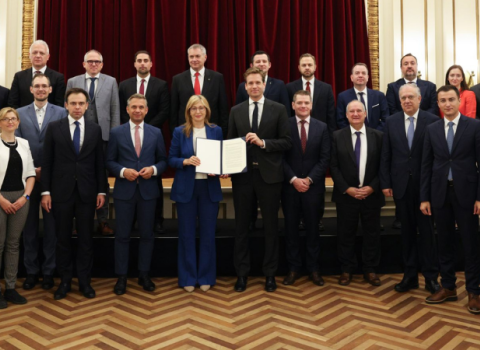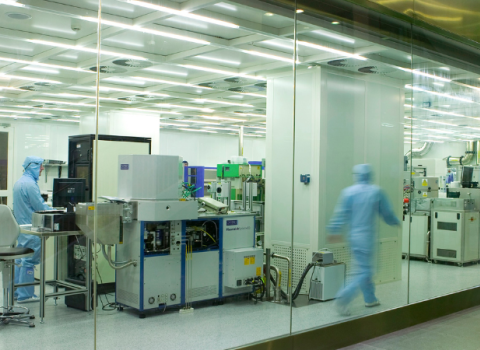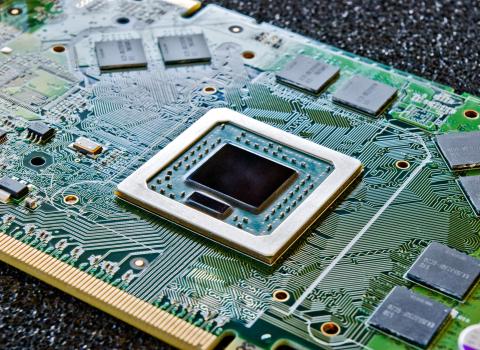Development opportunity
Peter Krogstrup, a researcher at the Nano-Science Centre of the Niels Bohr Institute at Copenhagen University, has developed a new method for producing nanowires that makes it possible to make wires that contain two different semiconductors, gallium indium arsenide and indium arsenide.
This means that for the first time it is possible to combine the properties of these two on a nanoscale, opening up new possibilities for the electronics of the future, Krogstrup says.
The development is expected to be relevant to solar power, where there are advantages to being able to combine different semiconductors in the same nanowire. This is because the different materials capture energy from the sun in different and quite specific absorption areas.
Nanowires of gallium indium arsenide and indium arsenide also have great potential in nanoelectronics.
Krogstrup’s method means that although the two semiconductors are encapsulated in a single nano wire, there is no mixing of the two materials. There is therefore a sharp transition on the atomic level between the gallium indium arsenide and indium arsenide.
This transition is necessary for the current, in the form of electrons, to be able to travel with high efficiency between the two materials. If the transition is soft, the electrons can easily get caught in the border area.





 A unique international forum for public research organisations and companies to connect their external engagement with strategic interests around their R&D system.
A unique international forum for public research organisations and companies to connect their external engagement with strategic interests around their R&D system.